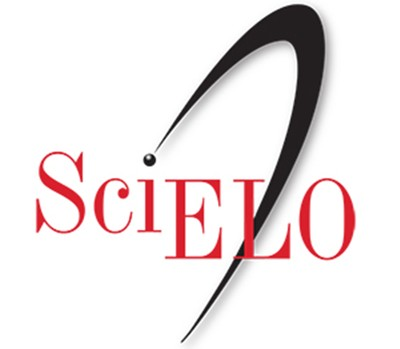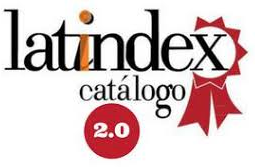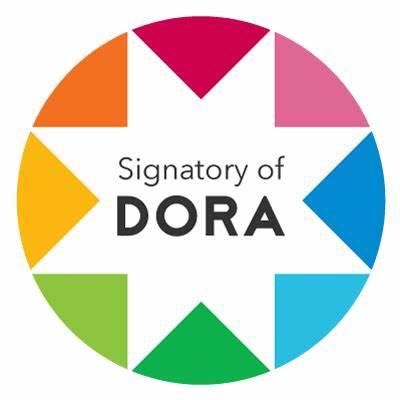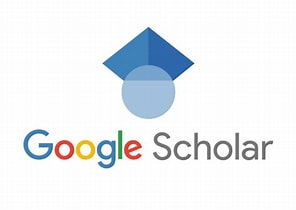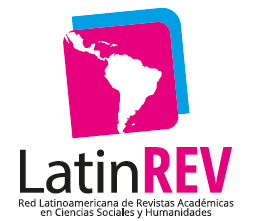Code of ethics and best practices
Principle of ethics in the publication process
Intersecciones en Comunicación adheres to international standards and practices regarding the ethical aspects to be followed in the publication process of original articles. In this sense, it adheres to what is suggested by the Committee on Publications Ethics COPE (Core practices | COPE: Committee on Publication Ethics)
1 - Allegations of misconduct include both the pre- and post-publication stages. When allegations are received in the journal's mail (intercom@virtual.soc.unicen.edu.ar), the editorial committee studies them carefully, makes a decision, and responds in writing.
2 -Author participation (authorship and contributions). All persons participating in the original submission undertake to clearly establish, from the beginning of the process, who the authors are and in what order they appear, as well as to register their institutional affiliation. It should also be defined who participates as contributors, in what order they appear, and how their institutional affiliation is recorded. See Guidelines for Authors and Author Contribution Roles.
Intersections in Communication adheres to the use of CRediT (Contributor Roles Taxonomy) to make visible, differentiate and recognize the participation of each author with their respective roles in the research document.
3 -Claims and appeals. Regarding complaints and appeals, the committee receives them through the journal's mail (intercom@virtual.soc.unicen.edu.ar). Then, they are studied, a decision is made and a written response is provided.
4 -Conflicts of interest: These may affect the entire editorial process and all the actors involved. In the initial resolution, they are addressed directly between the stakeholders and the editorial committee. If there is no conflict of interest, the authors will explicitly indicate it in the corresponding document.
5 - Data availability
Data availability in scientific journals is a crucial aspect for transparency and access to scholarly information. Key points:
-Published Contents: The journal guarantees that its contents are available both in the journal itself and in the open access digital institutional repository - RIDAA. This ensures that readers can access the articles in a reliable manner.
-Authorization for Reproduction: The journal has authorized other scientific dissemination portals to reproduce its content. This broadens the visibility and reach of the published articles.
-Academic Social Networks: The journal also shares its contents in academic social network Google scholar.
-Data and Reproductivity: The data available are those that the authors send along with the original article. These data can be published in formats such as PDF or flowing text.
6 -Ethical oversight in the publication of papers: Papers submitted for publication must be original. The journal strives not to publish material that has already been published in any form (this includes plagiarism and self-plagiarism). If plagiarism is detected, the paper is rejected. In case of self-plagiarism (where part of a previous work by the same author is copied), the author is asked to remove those passages and, if necessary, cite the previous work. Research and confidentiality: If the research involves a vulnerable population or includes confidential information, the original document should indicate how the identity of the persons involved is protected.
7 -Intellectual property: Intersections in Communication journal is licensed under Creative Commons CC BY-NC-SA. You can share, adapt and use the material in the magazine as long as you acknowledge the author and do not use it for commercial purposes. The magazine does not charge any fee for the publication or dissemination of the published material.
8 -Journal management: the management platform for the entire process is OJS (Open Journal System): More information about the OJS/PKP publishing system, platform and workflow. | For more information about the publishing system, the platform and the OJS/PKP workflow, see Intersecciones en Comunicación (unicen.edu.ar); see the chart detailing the tasks and responsibilities by role or position. Regarding the editorial process, see the Public Knowledge Project platform (Learning Open Journal Systems 3.4 - Editorial Workflow (sfu.ca)). Editors follow the COPE guidelines: https://publicationethics.org/files/Code_of_conduct_for_journal_editors_Mar11.pdf.
9 - Peer review process
All manuscripts received are reviewed by the Editorial Committee and only those articles that meet the scientific and editorial standards of Intersections in Communication are evaluated under the double-blind peer review system (see form). Each article will be evaluated by at least two external academic experts who will determine whether a) to accept as submitted, b) publishable with modifications, c) resubmit for review and d) not publishable. If they do not reach the same opinion, a third reviewer will be called. The estimated time from submission to publication is 24 weeks.
The journal adheres to the COPE guidelines for reviewers: https://publicationethics.org/files/Ethical_Guidelines_For_Peer_Reviewers.pdf.
10 - Post-publication discussions and corrections: the journal has a social network for exchange (Facebook). It also has an e-mail address: intercom@virtual.soc.unicen.edu.ar to send comments, criticisms and corrections of published articles.
Plagiarism policy and AI
Intersecciones en Comunicación analyzes all the articles it receives for the possibility of plagiarism and/or self-plagiarism and uninformed use of IA through the plagiarism detector and the plagiarism and grammatical errors tool.
When authors submit their papers they must be original, they must not have been previously submitted to other publications. The editors receive the submissions and submit them to anti-plagiarism analysis in order to corroborate that it is an original work and can be evaluated. During the evaluation process, reviewers are asked to use their expertise to detect possible plagiarism. In case plagiarism or self-plagiarism is detected, the editorial committee will follow the steps proposed by COPE What to do if you suspect that a publication is redundant or duplicated
Intersecciones en Comunicación adheres to international standards and practices regarding the ethical aspects that must be followed in the process of publishing original articles. In this regard, it aligns with the recommendations of the Committee on Publication Ethics (COPE):
Heredia Declaration: promotes the ethical use of artificial intelligence in scientific publishing, with human responsibility and transparency.

